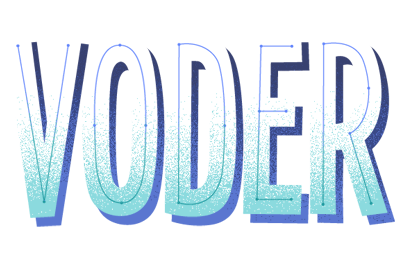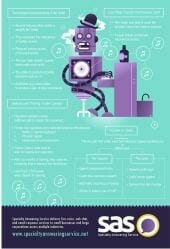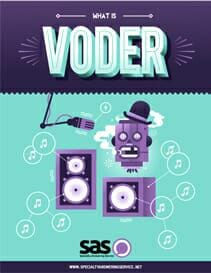History of the Voder
The voice operation demonstrator, or Voder for short, was a talking machine created by Homer Dudley in the late 1930’s and was first put on display at the New York’s World Fair in 1939 – and later at the San Francisco Exhibition in 1940. The Voder machine, as operated by Mrs. Helen Harper at the World’s Fair, captured the imagination of thousands with its uncanny disposition.
“Once trained, operators could play the machine the same way a pianist would play a piano, to produce human speech”
“Initially, 20 operators were trained to work the machine”
“Operators needed to train for over a year before they could master the Voder”
Homer Dudley was an engineer who created the first electronic voice synthesizer for Bell Labs. Prior to creating the Voder, Dudley created the patent for the vocoder machine (a mix between ‘voice’ and ‘encoder’) in 1928, which was a method of producing and transmitting speech electronically. By producing speech electronically, those sounds could then be filtered into a specific spectrum of audio bands. From this, he created the Voder, a speech synthesis system that allows an operator to create phrases of speech by using a special keyboard. When the keys were triggered in specific sequences, recognizable speech could be created from the talking machine.
What’s a voice synthesizer?
Similar to the modern-day Siri (Apple) or Alexa (Google), a voice synthesizer is a system that breaks down human speech into its acoustic components. Once isolated, these sounds can then be transmitted electronically via a machine (like a keyboard).
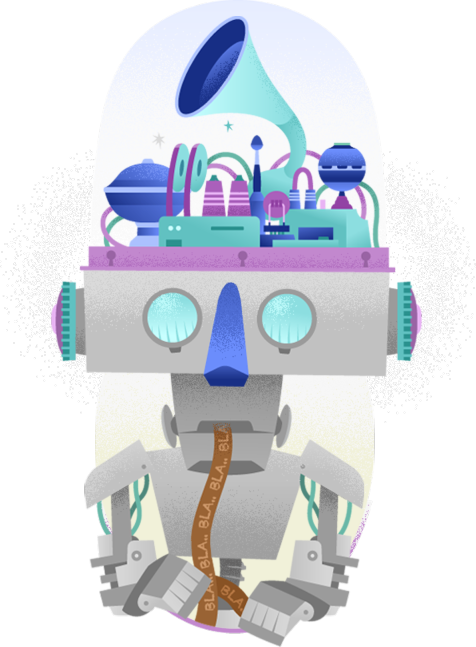





“Initially, the Voder was developed from Bell Lab’s research into compression of voice signals on copper wires”
“With the Voder, Speech is synthesized by imitating the human vocal tract”
How did the Voder work?
An operator would select one of two basic sounds by using the wrist bar: a buzz tone and a hissing sound. The buzz tone was the building block for vowel sounds and nasal type sounds. The hissing sound was the building block for those sounds associated with consonants.
These sounds were then passed through a bank of filters that were selected by the user by selecting the appropriate keys on the keyboard. These sounds were combined and sent through a loudspeaker. For sounds not replicable by the buzzing or hissing noises, such as “p”, “d”, “j”, and “ch”, additional filters were selectable. Hover over the touchpoints below to learn more.
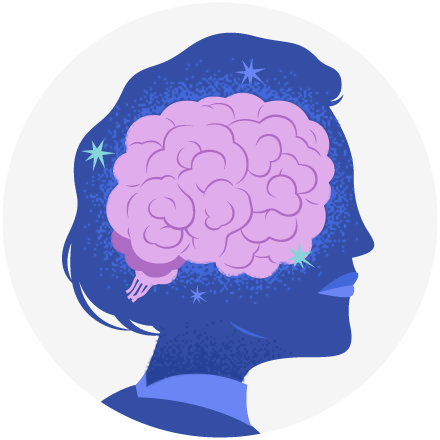
IDEA
Every action starts with an idea.

SPECTRUM KEYS
Once an idea is processed, the operator would use the spectrum keys to initiate a sound.

MECHANICAL CONNECTIONS
Through the mechanical connections, the note is passed from the spectrum keys, through the transmission and finally to the loud speaker.

BUZZ – HISS
The combination of these two components are used in the creation and pitch of the sound. The buzz tone was used to make vowel sounds and nasal type sounds, while the hissing tone was used to make the sounds associated with consonants.
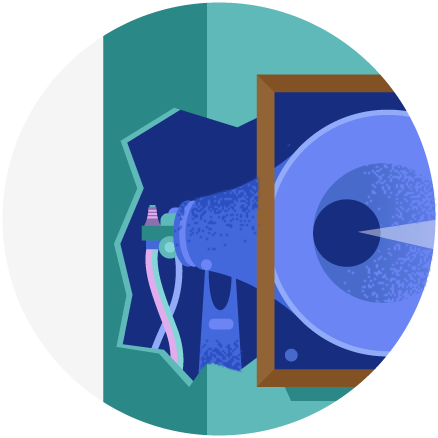
LOUD SPEAKER
Once the note has been converted to a sound, it passes through the final stage in speech production – the loud speaker!

TRANSMISSION
Once the appropriate spectrum keys are pressed and the note is passed through the mechanical connections, the transmission stage converts the note to an audible sound before finally exiting through the loud speaker.

Pitch Pedal
Through the use of a foot pedal, the operator was able to change the pitch of a sound and add inflection.
What’s that sound?
The machine operator could select one of two basic sounds via the wrist bar. One represents the breath and the other represents the vibration of the vocal chords. Pitch was controlled by a foot pedal. Hover over the touchpoints on the schematic below to learn more.
RANDOM NOISE
SOURCE
RELAXATION
OSCILLATOR
ENERGY SWITCH
WRIST BAR
RESONANCE
CONTROL


These initial sounds were then passed through a bank of 10 band pass filters that were selected by keys. Additional keys were added to make various sounds (p, d, j, and ch).
Different words could be combined into different sentences based on the manipulation of keys and sounds. You could even add in different expressions and pitches (controlled by the foot pedal) based on the type of question that is being asked.
Listen to the Voder’s
mastery of Inflection
When people speak, they speak with inflection. Inflection allows the speaker to emphasize different words within a phrase or sentence, which helps them express various grammatical functions. For example…
Listen to the Voder
make animal noises
Not only could the Voder make the same noises a human could make, it could also mimic various animals.
Hear the Voder speak French
Are you surprised to hear that the Voder can speak French? Don’t be! Essentially, the Voder can make any noise that an actual human vocal tract can make, so it’s no surprise that it can speak more than one language, too!
Learn More
Listen to the Voder
Download important resources
Videos on the Voder
-
Check out the original video clip on Youtube from the New York World’s Fair that first introduced the Voder.
-
Learn more about the predecessor of the Voder – the Vocoder Synthesizer. The Vocoder was originally used as a communications device for the military before being introduced to the music industry and transforming pop culture.

